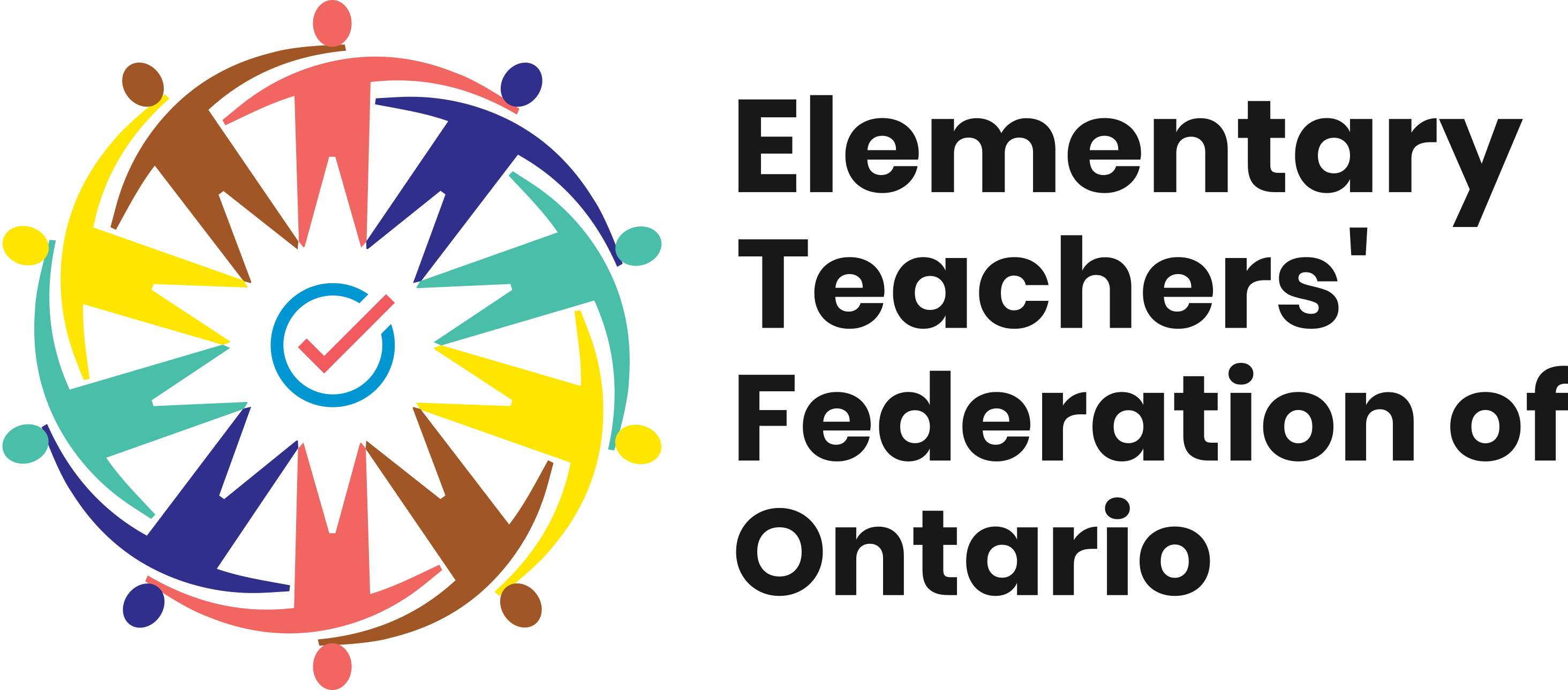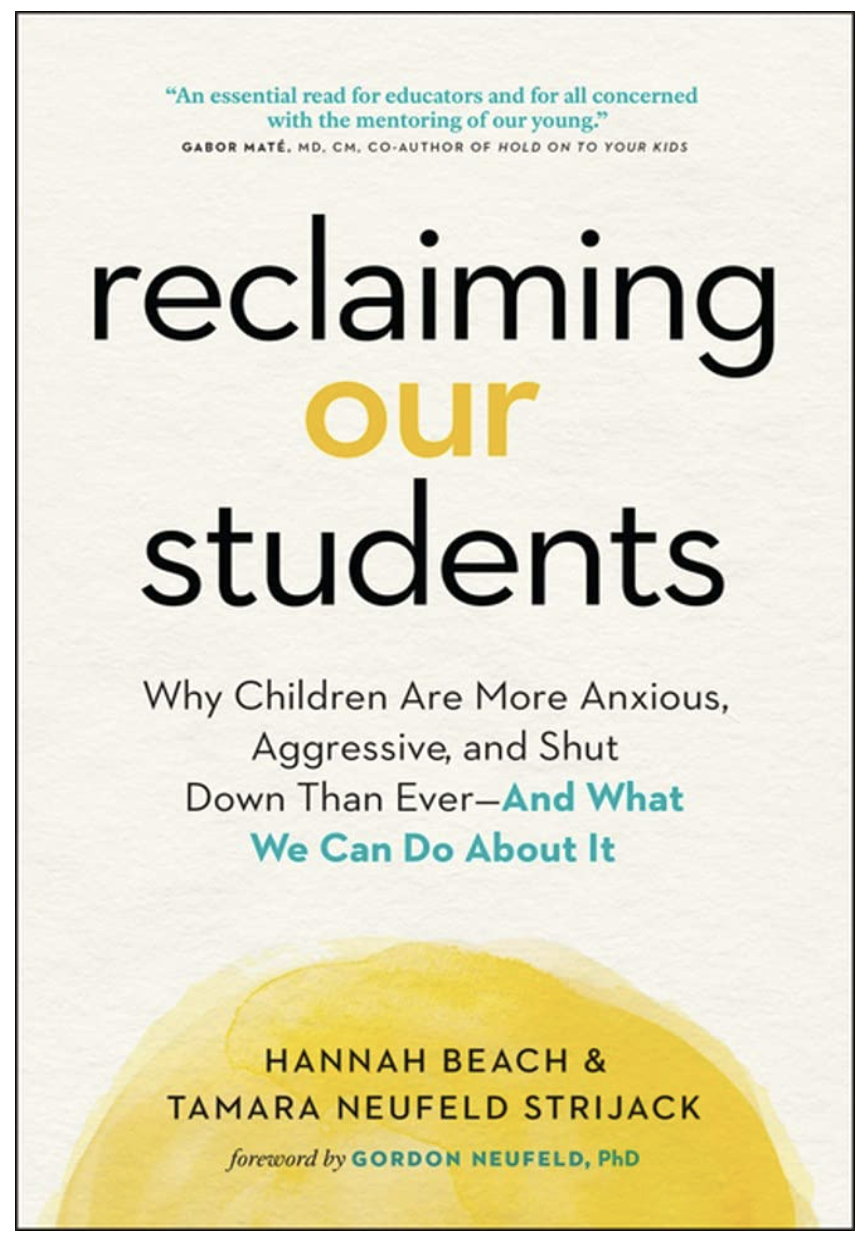This two part series examines the annual Forest of Reading book nominations by the Ontario Library Association.
Cracking open a box of brand new books is a wonderful part of the teacher-librarian role. My favourite box has always been the Blue Spruce book club nominated titles. Within the blanket of bubble wrap are 10 brand new Canadian picture books published within the past year. The selection committee uses specific criteria to narrow down the dozens of candidates to the top ten. The stories cover a range of topics with diverse characters and themes aimed at students in K-2.
If you register with the OLA you get several benefits including teaching resources and opportunities for virtual meetings with authors and illustrators. There is a fee for these services but I found administration or the school council always willing to support this initiative.
By reading the 10 books before the deadline in April you can register your students to vote for their favourite book. Then in May the winners are announced. Blue Spruce book club time always generated plenty of excitement among the students and staff. We had deep discussions comparing illustration styles, characters and plots. Students were eager to participate. What a fantastic way to generate excitement about books and reading!
Since I love reading aloud, this book club really suits me. I would read several titles to classes during library periods over a few weeks’ time. I would also encourage homeroom teachers to read some of the titles to show students that our entire staff was very excited about reading.
As the winter weeks pass, I would sometimes host large group readings with several classes in the library at once. Pushing aside tables and chairs we would gather together and warm up with a song or two and then settle in to hear a new book. Bursts of laughter and the occasional sound effect or cheers of audience participation punctuated these large group readings.
The build up to the books arriving is also an exciting time. There are so many terrific past winners of the Blue Spruce book club. I would read these books before starting the club for the current year. I lean towards the funny ones…The Boy Who Loved Bananas, Stanley’s Party, Scaredy Squirrel and Chester come to mind right away. There are also touching stories about friendship, family relationships and struggles that our students can relate to. It’s been wonderful to see BIPOC authors and illustrators nominated over the years, giving students diverse Canadian perspectives.
If your school doesn’t participate in the Forest of Reading, you can borrow the books from your local public library. When it’s time for voting day it’s fun to have students make posters and announcements so the whole school knows you are hosting this terrific literacy event. For more information check out these links…
How to participate in the Forest of Reading
Blue Spruce Winners and Nominees 2002-23
Happy Reading!
Brenda


